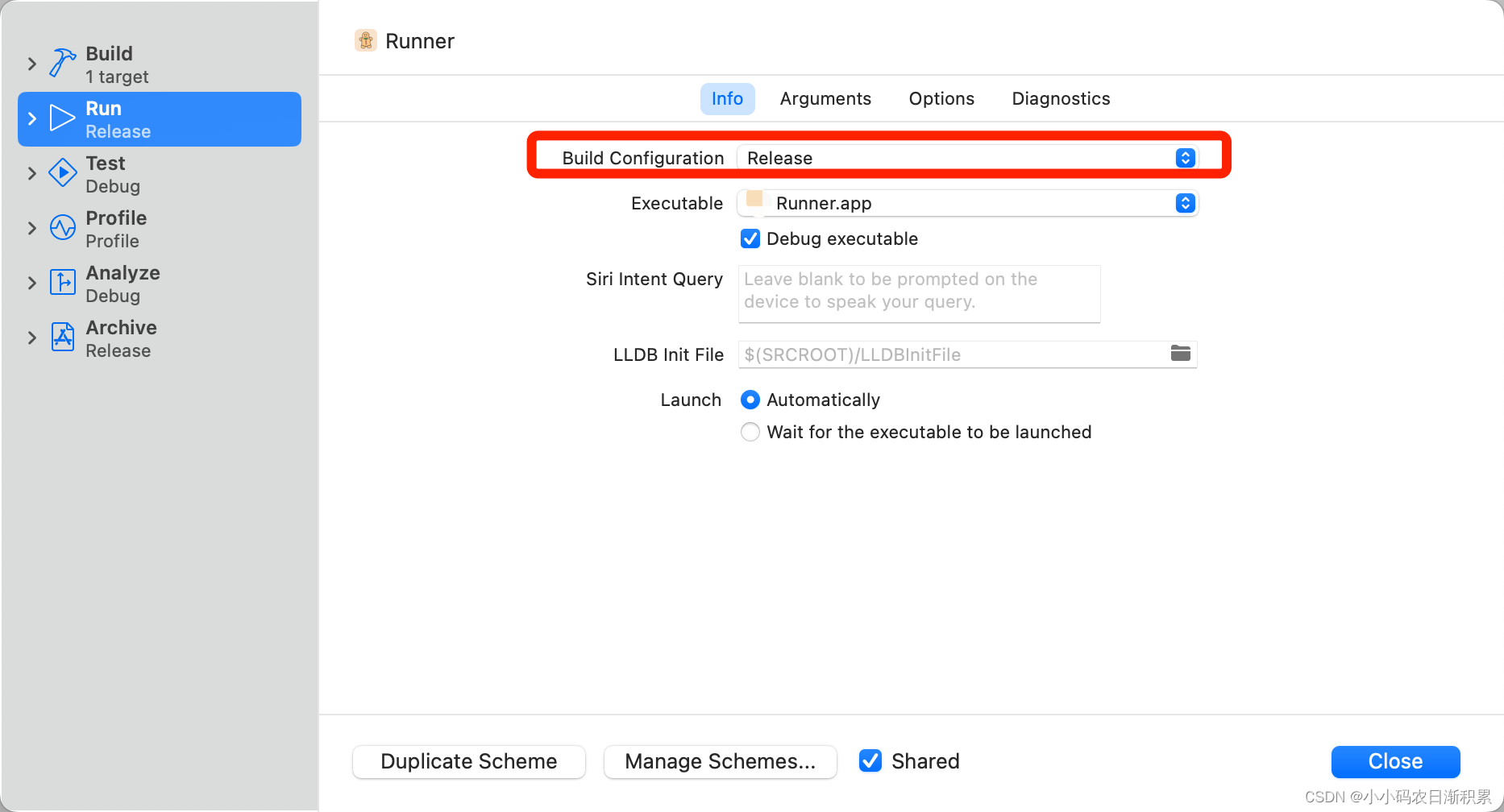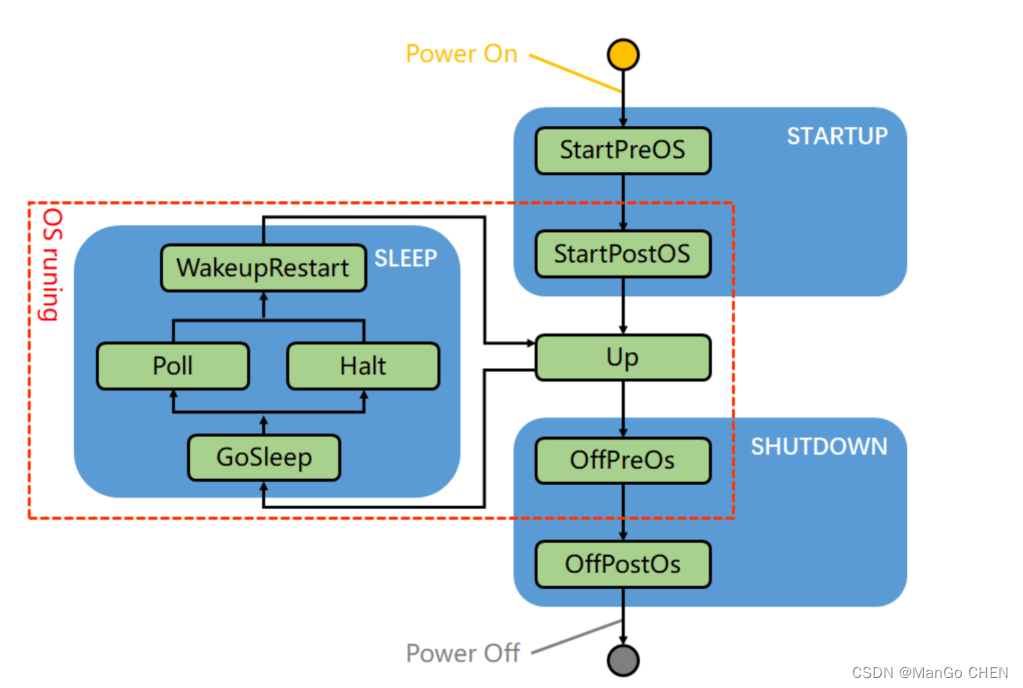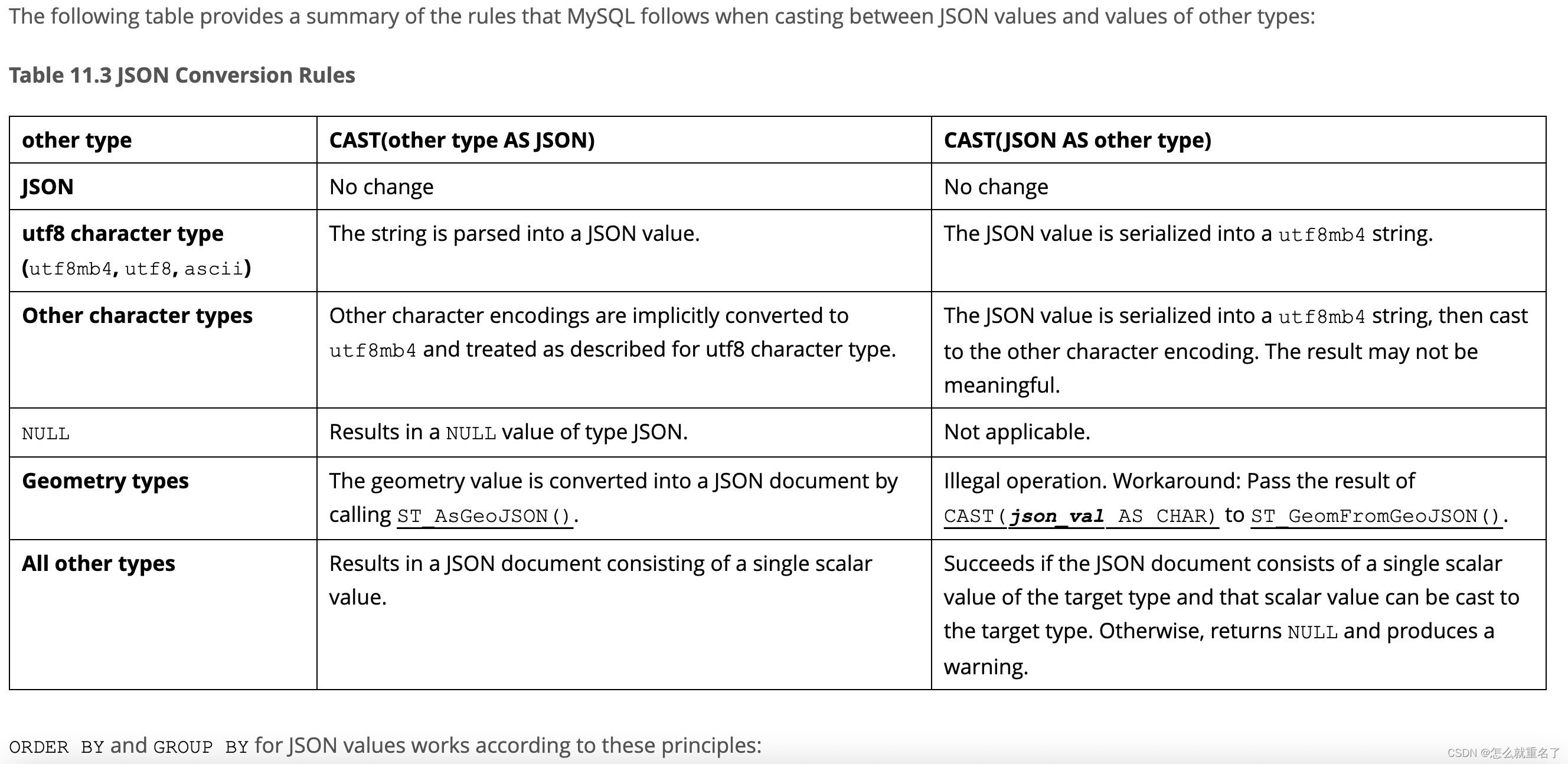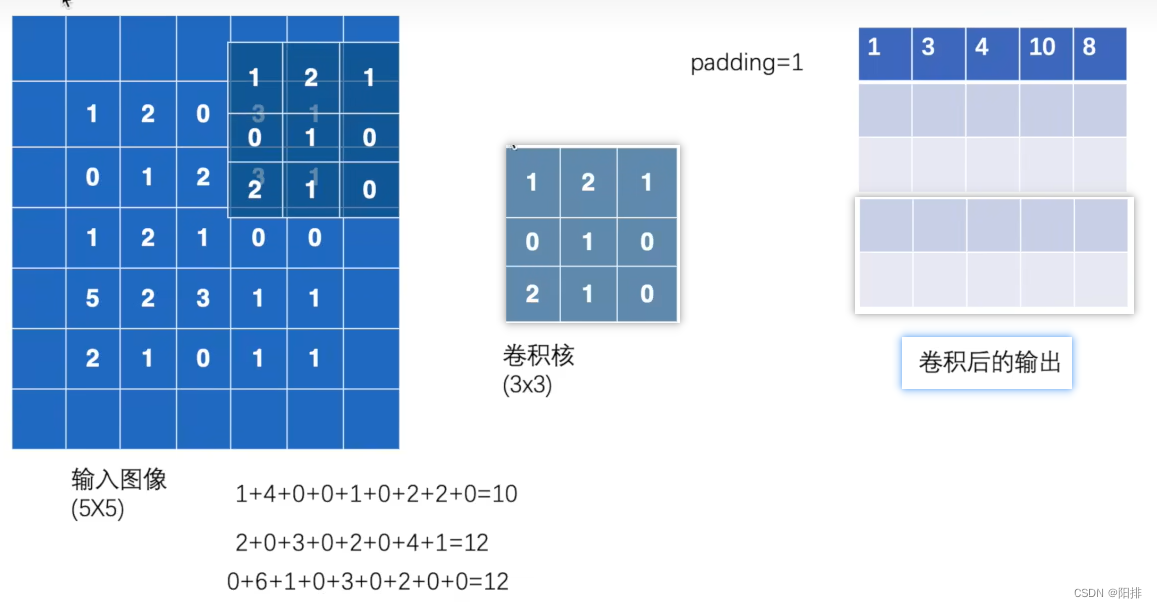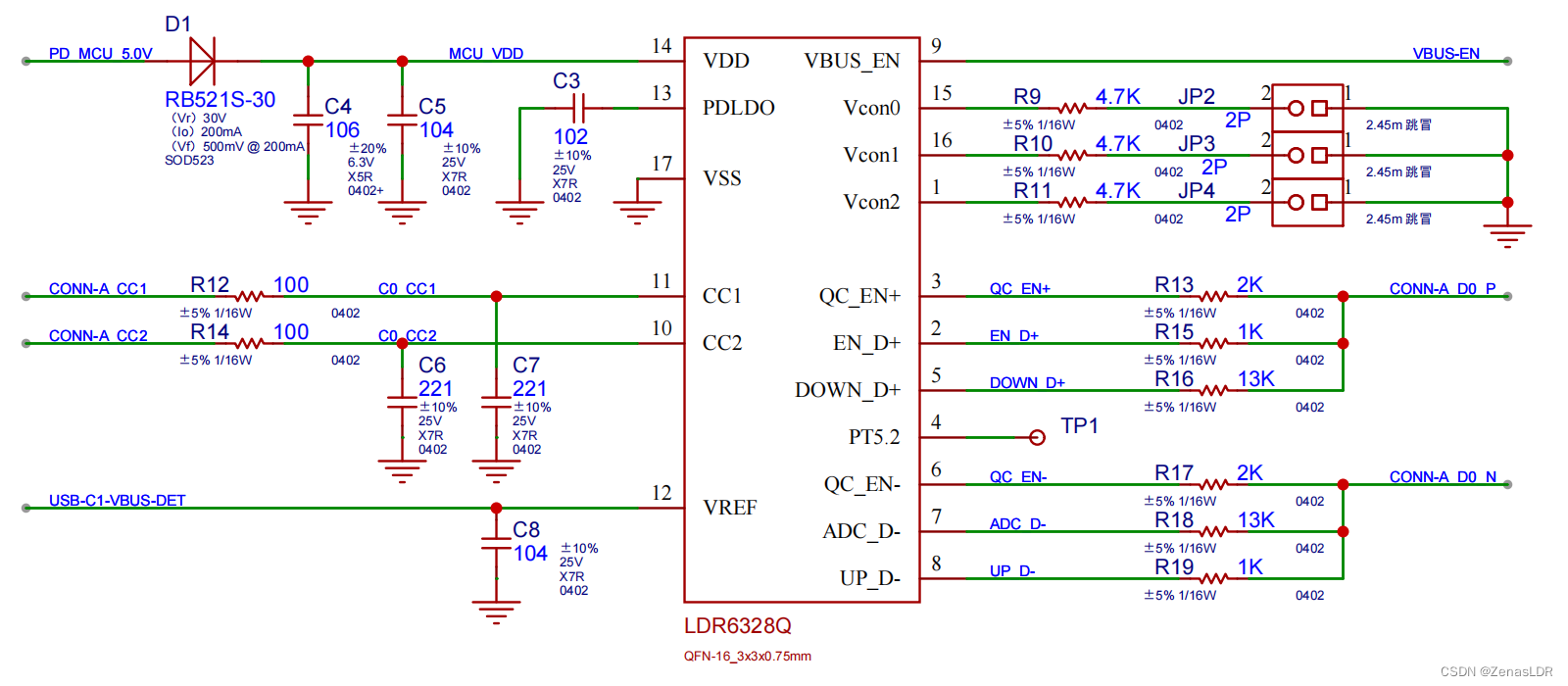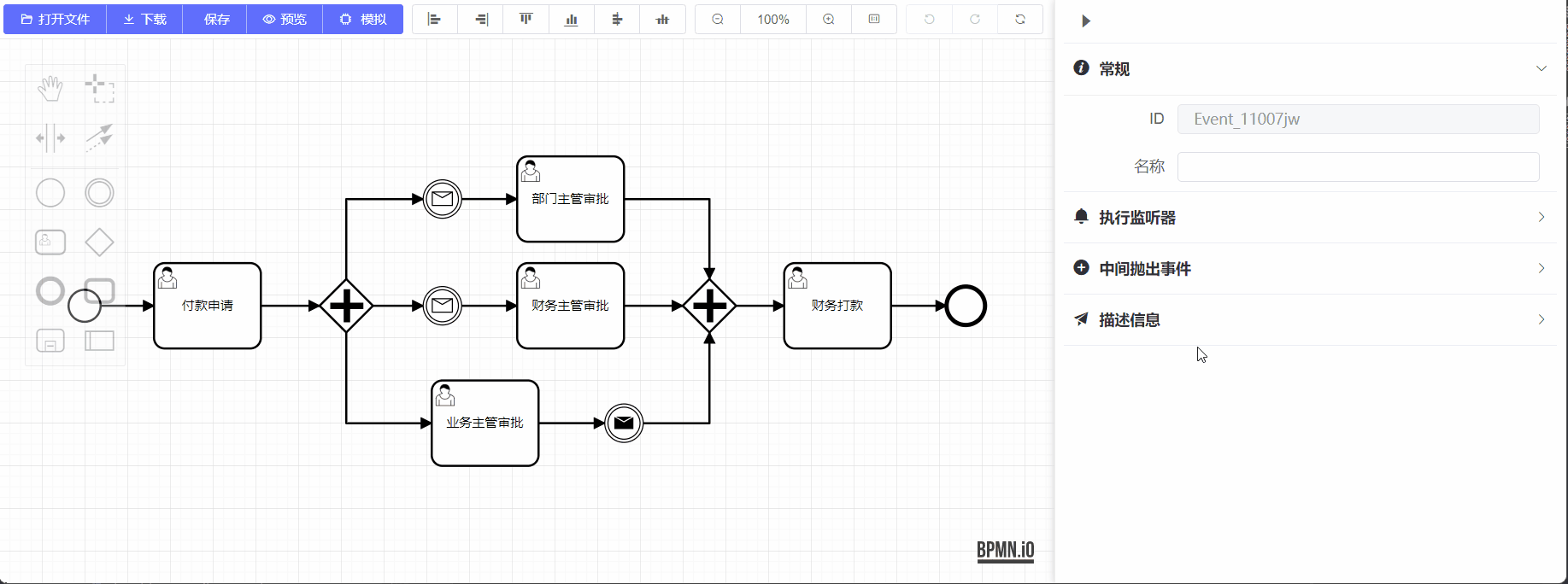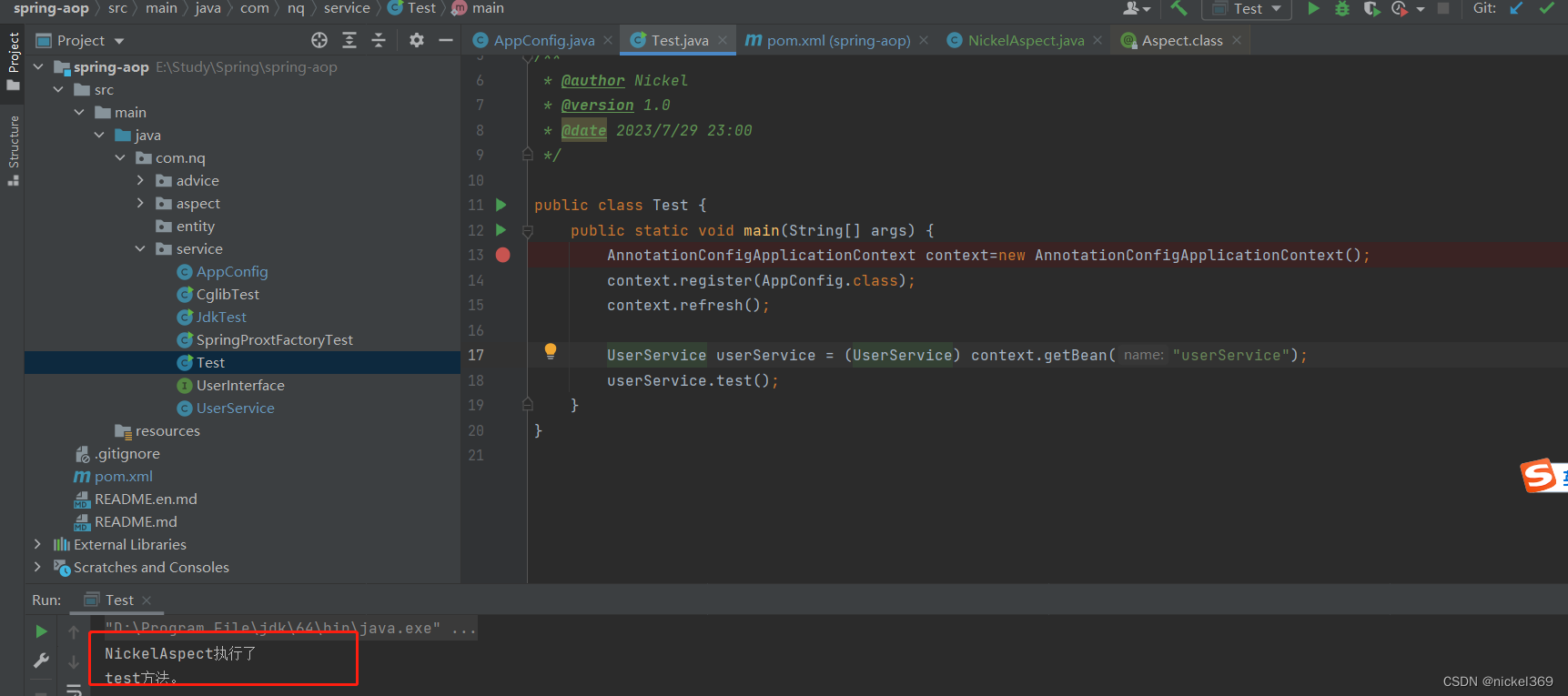题目:https://ac.nowcoder.com/acm/contest/62106/E

最近,喜爱ACM的PBY同学沉迷吃鸡,无法自拔,于是又来到了熟悉的ERANGEL。经过一番搜寻,PBY同学准备动身前往安全区,但是,地图中埋伏了许多LYB,PBY的枪法很差,希望你能够帮他找到一条路线,每次只能向上、下、左、右移动,尽可能遇到较少的敌人。
输入描述:
题目包含多组测试,请处理到文件结束; 第一行是一个整数n,代表地图的大小; 接下来的n行中,每行包含n个整数a,每个数字a代表当前位置敌人的数量; 1 < n <= 100,1 <= a <= 100,-1代表当前位置,-2代表安全区。
输出描述:
对于每组测试数据,请输出从当前位置到安全区所遇到最少的敌人数量,每个输出占一行。
示例1
输入
5 6 6 0 -2 3 4 2 1 2 1 2 2 8 9 7 8 1 2 1 -1 9 7 2 1 2
输出
9
示例2
输入
5 62 33 18 -2 85 85 73 69 59 83 44 38 84 96 55 -1 11 90 34 50 19 73 45 53 95
输出
173
总结:
在基础的BFS上将pair<int,int>q;更换为结构体将多的敌人数量储存(代码如下)
pair<int,int>q;
//创建对数栈
priority_queue<q>qq;
更换为:
struct node
{
int x,y,w;
bool operator< (const node&x) const
{
return w>x.w;
}
};
//创建结构体栈
priority_queue<node>q;
外加判断最小路径(代码如下)
if(a[i][j]==-2)
{
ans=min(ans,w+2);continue;
}
代码献上(最短路BFS):
#include<bits/stdc++.h>
#define ll long long
using namespace std;
const int N = 110;
int a[N][N];
int dx[4] = { 0,1,0,-1 }; //上下左右移动
int dy[4] = { 1,0,-1,0 };
int n, tot;
bool st[N][N]; //标记地图
struct node
{
int x, y, w; //结构体储存坐标和敌人数
bool operator< (const node& x) const //重载大于号
{
return w > x.w;
}
};
int main()
{
while (cin >> n)
{
int x, y;
for (int i = 1; i <= n; ++i)
for (int j = 1; j <= n; ++j)
{
cin >> a[i][j]; //地图输入
st[i][j] = 0; //标记点初始化
if (a[i][j] == -1) x = i, y = j; //找出起点位置并储存
}
int ans = 1000000;
priority_queue<node>q; //创建结构体栈
q.push({ x,y,0 }); //入栈
while (!q.empty())
{
int i = q.top().x, j = q.top().y, w = q.top().w; //输出栈顶
q.pop(); //弹出栈顶
if (a[i][j] == -2) //判断是否到达安全区
{
ans = min(ans, w + 2); continue; //筛查最小值并结束
}
if (st[i][j]) continue; //到达地图已标记并退出
st[i][j] = true; //标记地图
for (int k = 0; k < 4; ++k)
{
int xi = i + dx[k], yi = j + dy[k]; //更新坐标
if (xi<1 || xi>n || yi<1 || yi>n) continue; //判断坐标是否合法
q.push({ xi,yi,w + a[xi][yi] }); //入栈
}
}
cout << ans << endl; //输出最小值
}
return 0;
}
